
The secret truth about zebras is that they look the same to each other too. But zebra culture is understandably forgiving about this particular issue.
They play it fairly loose with notions of propriety, and are generally easy going among their own kind and on familiar ground. They are social, herd animals and tend to clump in neighborhoods and professions, benefitting from communal support in ways most species would find smothering or improper.
It is more usual to find a storefront business run by zebras partnered professionally than with one as a sole owner. Family situations are varied, regularly polyamorous; collaborative partnerships that form for the usual reasons, then expand and shift. The village that raises a child is likely full of zebras, with each adult looking out for the young as unofficial "aunts" and "uncles" and so on. This is further reflected by the use of family signifiers like "brother", "sister", "mother", or "grandfather", instead of proper names that might be mistaken.
This can be a source of friction when interacting with other species who organize themselves differently, less familiarly, or with more solitary types. A single zebra usually cannot make decisions without consulting their partners, or considering the welfare of their own kind. This can make them frustrating leaders and unsuitable soloists. But this same togetherness helps zebras excel in ventures needing hard work and neighborly regard. Zebras make excellent farmers, gang laborers, crewmen, carollers, and organized criminals. They often fill industries that are otherwise unpleasant but offset by good company, say as fishmongers or processing manure for fertilizer.
More than all this, what zebras add to society is the demonstration of healthy friendships and group dynamics. It is really quite rare for them to feud among themselves, cheat each other or otherwise engage in selfish, competitive, "crabs in a barrel" behavior. It means no single zebra is ever that exceptional, but the zebra you meet is usually hardy, level headed, and locally oriented.
They are the kind to die in their own bed, surrounded by familiar striped faces, each hand held by a mate, and without many regrets.
- - -
Depicted is a triad of zebras working the rather nasty and toxic business of dyeing fabrics.
They play it fairly loose with notions of propriety, and are generally easy going among their own kind and on familiar ground. They are social, herd animals and tend to clump in neighborhoods and professions, benefitting from communal support in ways most species would find smothering or improper.
It is more usual to find a storefront business run by zebras partnered professionally than with one as a sole owner. Family situations are varied, regularly polyamorous; collaborative partnerships that form for the usual reasons, then expand and shift. The village that raises a child is likely full of zebras, with each adult looking out for the young as unofficial "aunts" and "uncles" and so on. This is further reflected by the use of family signifiers like "brother", "sister", "mother", or "grandfather", instead of proper names that might be mistaken.
This can be a source of friction when interacting with other species who organize themselves differently, less familiarly, or with more solitary types. A single zebra usually cannot make decisions without consulting their partners, or considering the welfare of their own kind. This can make them frustrating leaders and unsuitable soloists. But this same togetherness helps zebras excel in ventures needing hard work and neighborly regard. Zebras make excellent farmers, gang laborers, crewmen, carollers, and organized criminals. They often fill industries that are otherwise unpleasant but offset by good company, say as fishmongers or processing manure for fertilizer.
More than all this, what zebras add to society is the demonstration of healthy friendships and group dynamics. It is really quite rare for them to feud among themselves, cheat each other or otherwise engage in selfish, competitive, "crabs in a barrel" behavior. It means no single zebra is ever that exceptional, but the zebra you meet is usually hardy, level headed, and locally oriented.
They are the kind to die in their own bed, surrounded by familiar striped faces, each hand held by a mate, and without many regrets.
- - -
Depicted is a triad of zebras working the rather nasty and toxic business of dyeing fabrics.
Category All / All
Species Unspecified / Any
Size 898 x 1280px
File Size 297.7 kB

 FA+
FA+






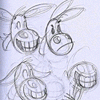
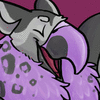








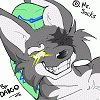
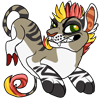




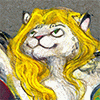






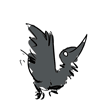



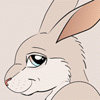


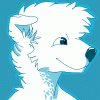




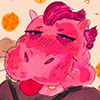

Comments